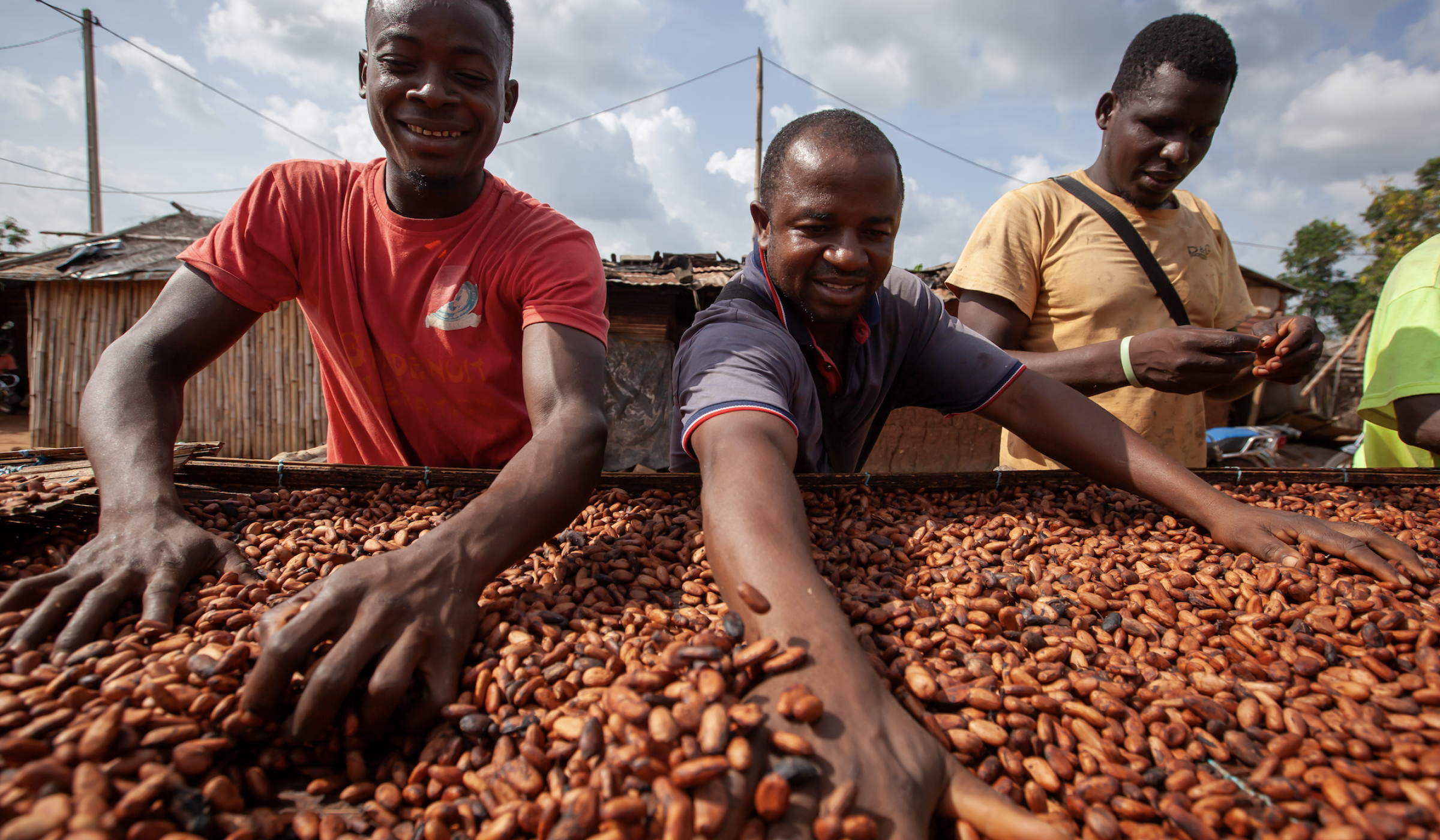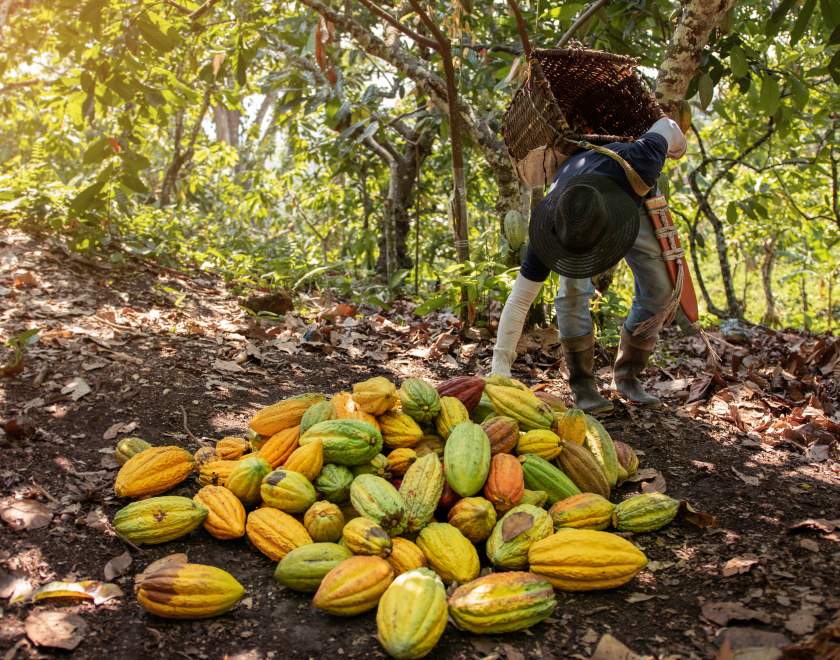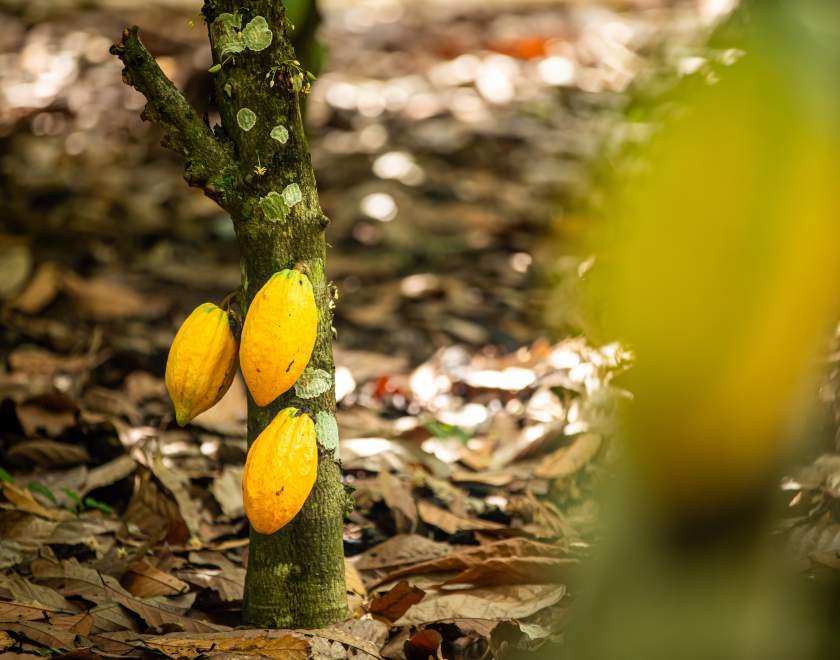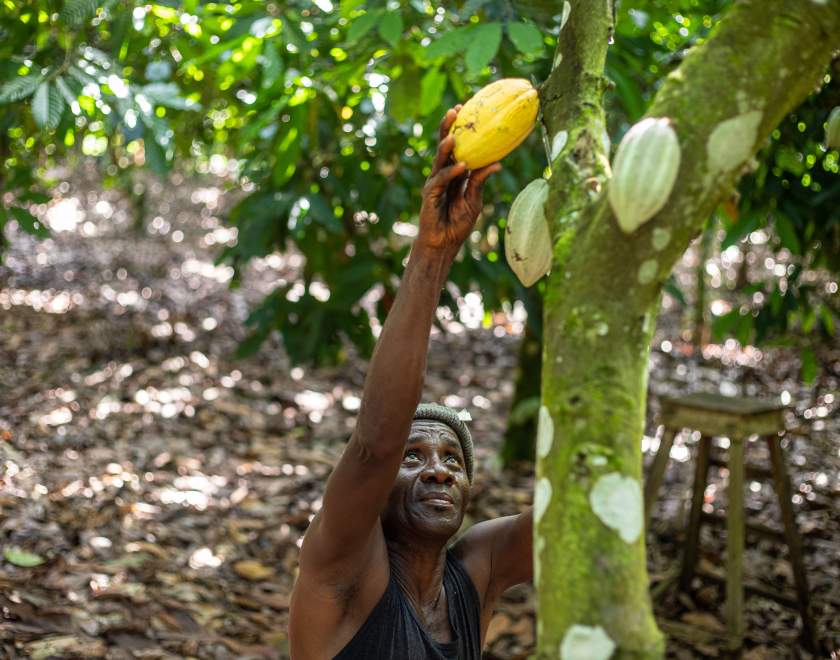
Across the entire cocoa sector, there are broad-based efforts underway to help cocoa-farming households achieve a living income. Companies, development organizations, researchers and others are all trying different types of interventions. But how do we know which ones will work the best?
It turns out that to answer this question, you first need to make sure that everyone is accurately measuring cocoa household income in the same way. And until now, there hasn’t been one standard way to do it.
Recently, World Cocoa Foundation (WCF), GIZ, SWISSCO, Wageningen University & Research (WUR) and the Royal Tropical Institute (KIT) set out to change that. Together with numerous other stakeholders from across the cocoa sector, experts from multiple organizations collaborated to develop a comprehensive methodology for assessing both cocoa household income and living incomes.
Going forward everyone across the sector in all cocoa-growing countries can use this approach as they collect data about cocoa farmer income. That standardization will make a big difference.
“This harmonization allows us to monitor progress at a larger scale because results between different studies are comparable, and thus we can better understand the impacts of interventions aimed at increasing farming household incomes,” said Selma van der Haar, [Advisor Impact Economics] from KIT.
Filling in blind spots
One of the biggest challenges to completing the methodology was the range of ways that organizations gather data on incomes today.
Yuca Waarts, Senior Researcher at WUR, pointed out that some organizations use meaningful proxies with limited yearly data while others use much more intensive and frequent methods, such as the Farmer Field Book by Agri-Logic.
And across that spectrum of approaches, there are gaps.
“Our methodology accounts for sharecropping and other land- and crop-sharing arrangements in all geographical contexts which is for many stakeholders a new way to collect information,” van der Haar continued. “Moreover, it provides guidelines on how to reach farmers that have been previously invisible in living income assessments. Besides sharecroppers, this includes women, youth and also farming households that are part of indirect supply chains.”
Now, those discrepancies and gaps can be overcome. The methodology includes step-by-step guidance on how to measure each of the underlying indicators related to income that includes cocoa production costs and non-cocoa income, as well as a questionnaire that will make it easier to compare results across studies going forward.
“This methodology gives everyone in the sector a firm foundation to stand on and ultimately helps us drive collective progress to improve cocoa farmers’ incomes,” said Michael Matarasso, WCF Director of Monitoring and Evaluation. “This ability to measure indicators consistently and drive impact across the sector has been a key focus area for WCF.”
Improving quality of life for millions
Although subjects like data collection methodologies can seem dry they are tied to something very human: quality of life for millions of cocoa farmers around the world.
Poverty continues to be a major issue in the cocoa sector, and few farmers earn a living income. Many are below the World Bank’s line for extreme poverty. As a result, a large proportion of cocoa farming households cannot meet basic needs for nutritious food, good housing, education or medical care, Waarts said.
For this reason it was no surprise to Waarts that she saw intense passion from everyone around the value chain who worked on this project: “There is a keen interest by all stakeholders to learn more together about what works and for which types of farming households, in order to create effective interventions.”
“Hopefully this methodology will provide a strong footing to move in the direction of eradicating poverty at scale. It’s important for all stakeholders to have a thriving cocoa sector and thriving rural landscapes, but it’s also crucial from a moral point of view and ensuring human rights for all,” Waarts said.


